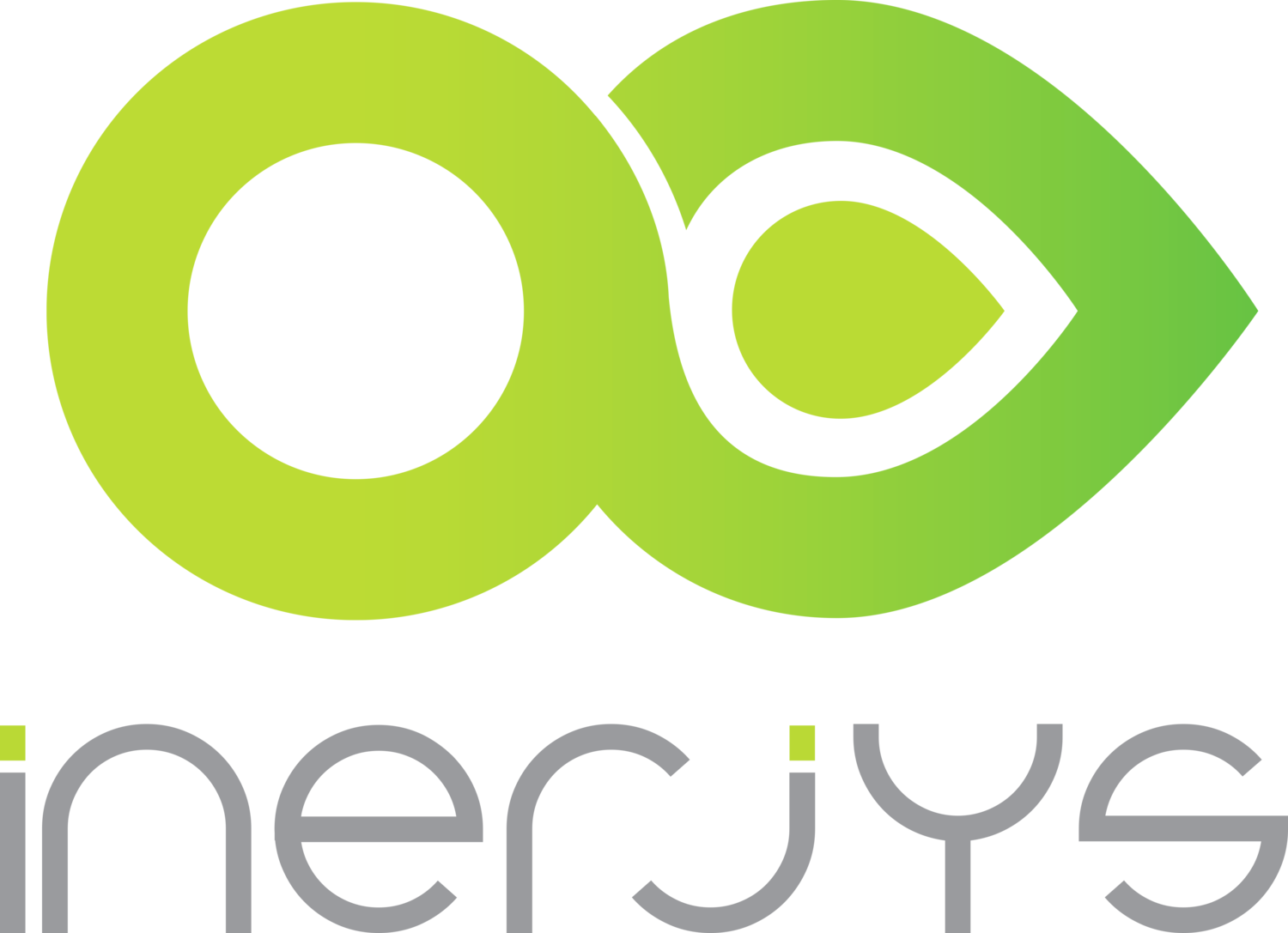The Sustainability of Vertical Farming
Inerjys is constantly evaluating the cleantech space and its different verticals. One rapidly growing vertical that’s been on my mind is vertical farming.
Vertical farming is the practice of producing food and medicine in vertically stacked layers, vertically inclined surfaces and/or integrated in other structures. Other forms of urban farming exist, for example you may have heard of Lufa Farms, a Montreal-based company known for developing rooftop gardens and selling their produce direct to consumers. However vertical farming technologies have been evolving, often used in industrial buildings, where direct sunlight is replaced by specialized indoor LED lighting. Indoor vertical farming is a way of protecting crops from harsh environments with changing weather conditions. Besides the protection from the weather, the isolation keeps insects, weeds and other harmful deterrents to the plants at a distance
Why Urban Farming?
First it’s important to understand why these new farming methods are developing so rapidly. I believe it comes down to the following reasons (the last two being more specific to vertical farming):
Supply and demand - By 2050, global food production will need to increase by an estimated 70% in developed countries and 100% in developing countries to match current trends in population growth (based on production information from 2005-2007). Furthermore approximately 90% of arable land globally is already utilized for farming, leaving very little room for growth and satisfying future demands.
Local sustainability - Urban farming presents a unique opportunity to grow food on already developed land, increase domestic food production and minimize the distance food travels. Local produce also contains considerably more nutrients than imported, store-bought produce. During travel, food loses much of its nutrients. Local, also means creating local jobs.
Technology optimization - Through a fast-growing list of farming technologies, growing crops indoors is much faster - optimizing temperature, humidity and nutrients down to the species level, resulting in 390 times more crop per square foot.
Environmental Impact - Putting aside the obvious benefits of producing food locally and minimizing the carbon footprint related to food transportation, additional benefits include no pesticides and using 90% less water.
So what’s the problem?
Point #4 above is the one that got me thinking this morning. Despite all of the advantages of vertical/urban farming, there are several analysts that criticize the energy usage required. Admittedly, vertical farms use way more electricity when compared to traditional farming methods. Indoor lights, even if LED, consume a lot of electricity, enough so that these critics are ready to throw the baby out with the bath water. But I would argue that this is a narrow-minded and short-sighted view.
For all the benefits listed above, to focus on the one negative (energy usage) without taking into consideration all of the positives is counter-productive at a time where we need to be thinking about our future and making a rapid impact to fight climate change.
When trying to solve a future problem with new technology, we cannot measure the impacts with present economics and context. Would solar or wind have gotten to where they are today if investors looked at the market dynamics at the time of their investments? Investors understand that they must see into the future the best they can, so why are some analysts unable to do the same? They argue that using more electricity makes this vertical farming unsustainable, but fail to consider that our electricity generation sources are rapidly going green. Will these critics still see vertical farming as unsustainable in 5-10 years from now? Something tells me they might just be looking at the empty part of the glass.
One just has to look at the investment activity in the sector as of late to know that many investors see a bright future for vertical farming. In 2017, Softbank invested $200 million in Plenty while IKEA and the Sheikh of Dubai invest $40 million in AeroFarms. In December 2018, Google Ventures invested $90 million in Bowery Farming.

